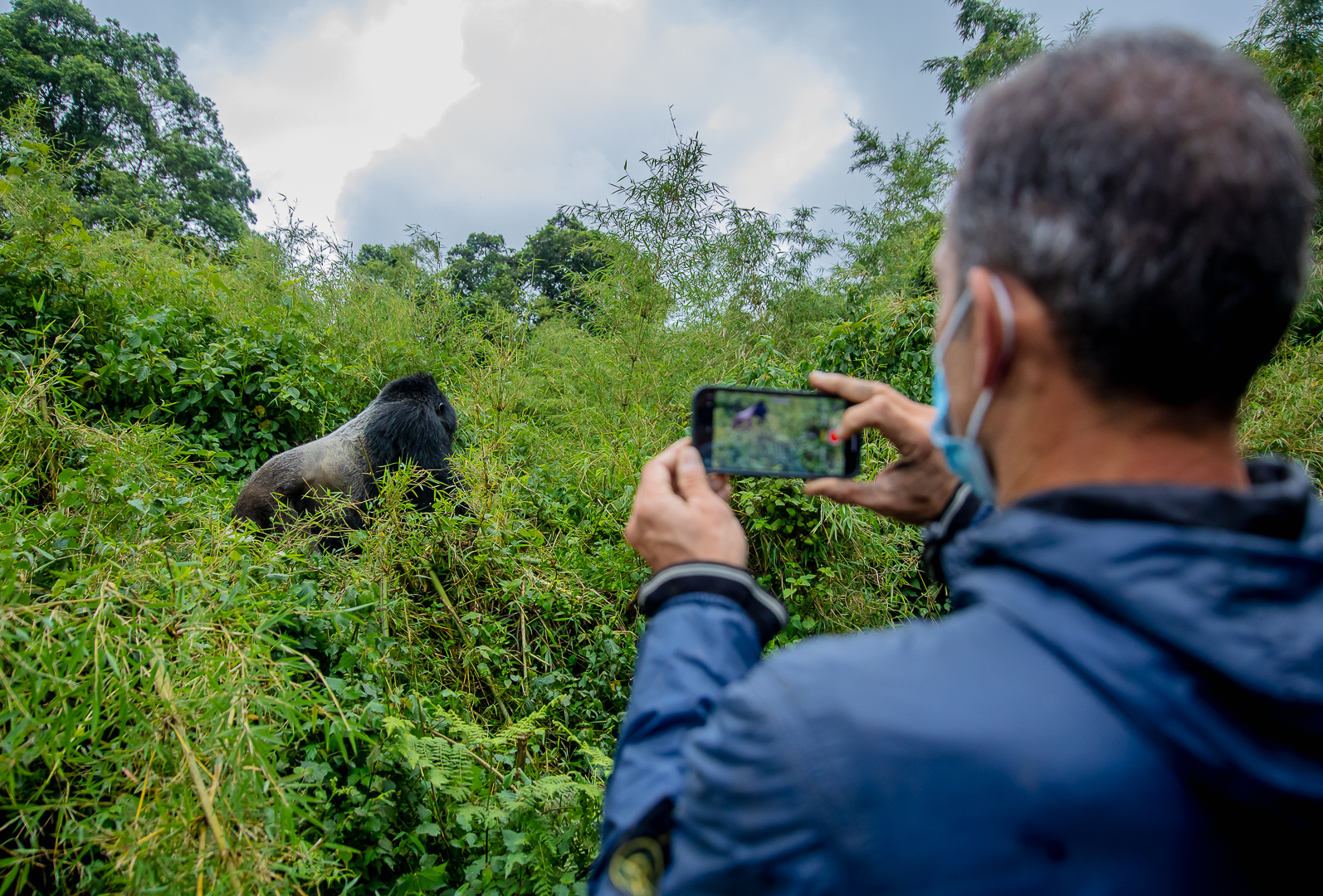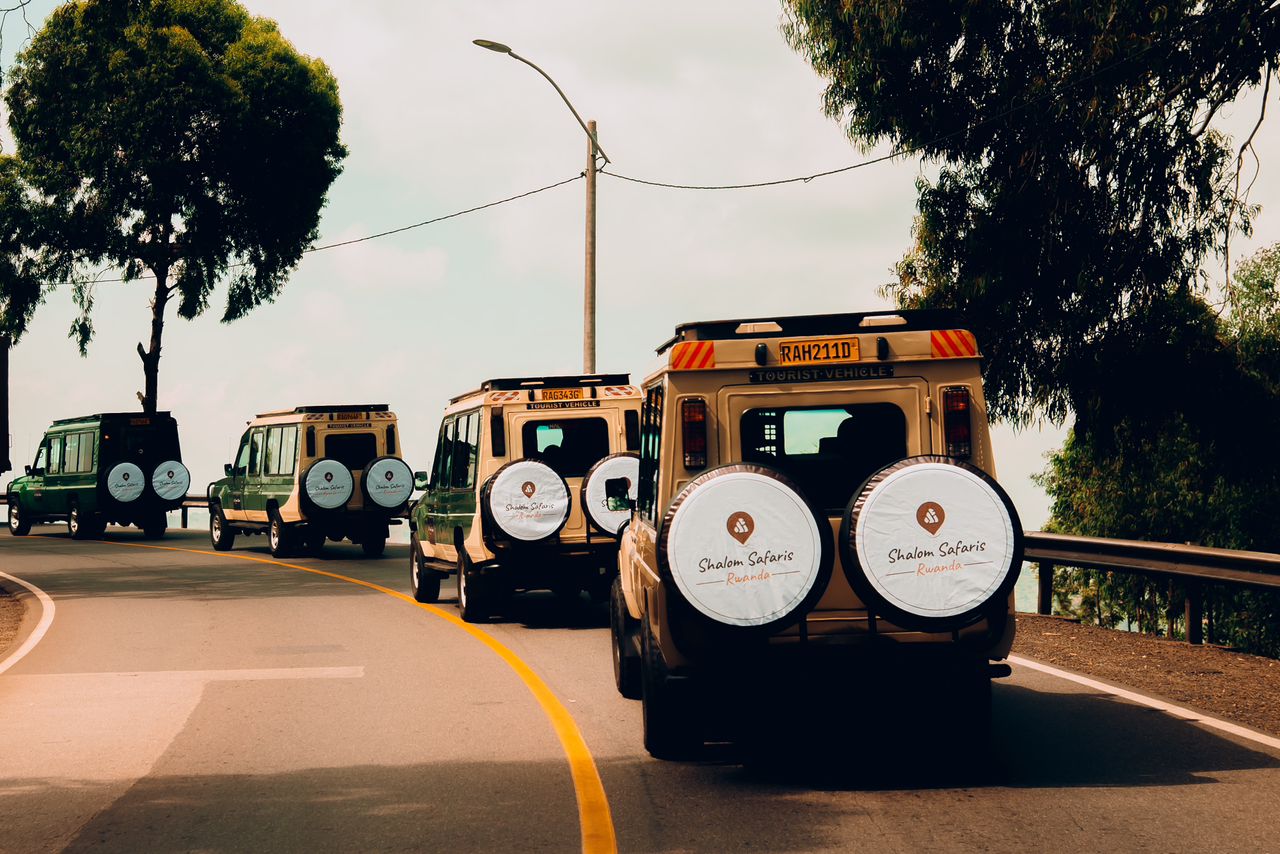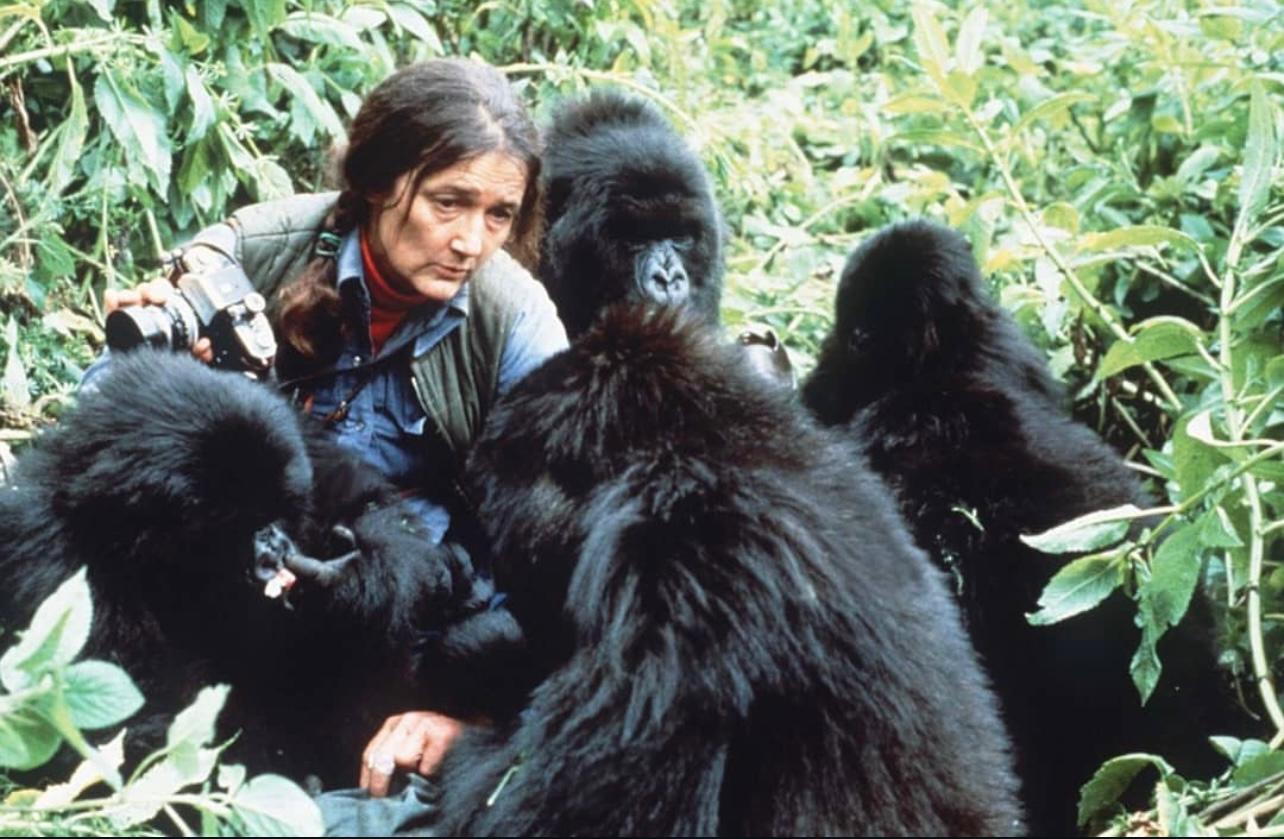Welcome to Livingstone waterfalls on Congo river
Livingstone Falls (French, Chutes Livingstone; Dutch, Livingstonewatervallen) — named for the explorer David Livingstone — are a succession of enormous rapids on the lower course of the Congo River in west equatorial Africa, downstream from Malebo Pool in the Democratic Republic of the Congo.
Description
Livingstone Falls consist of a series of rapids dropping in . They start downstream Malebo Pool and end in Matadi in Bas-Congo. The Congo River has the second largest flow rate in the world after the Amazon, which has no falls or rapids (except near its sources). The lowest rapids of Livingstone Falls, therefore, are the world’s largest waterfall in terms of flow rate — provided one accepts these rapids as being a waterfall. An interesting aspect of the long Livingstone Falls is the width of the channel. The channel is very narrow: in several stretches the channel width is less than 300 metres and for the majority of the length the channel is less than 800 metres wide. This is an extraordinarily narrow channel since the river flow rate typically exceeds.
History
Although he explored the upper Congo, Livingstone never travelled to this part of the river and the Falls were named in his honour by Henry Morton Stanley. Stanley described the falls as “..the wildest stretch of river that I have ever seen. Take a strip of sea blown over by a hurricane, four miles in length and half a mile in breadth, and a pretty accurate conception of its leaping waves may be obtained. Some of the troughs were 100 yards in length, and from one to the other the mad river plunged. There was first a rush down into the bottom of an immense trough, and then, by its sheer force, the enormous volume would lift itself upward steeply until, gathering itself into a ridge, it suddenly hurled itself 20 or 30 feet straight upward, before rolling down into another trough. If I looked up or down along this angry scene, every interval of 50 or 100 yards of it was marked by wave-towers – their collapse into foam and spray, the mad clash of watery hills, bounding mounds and heaving billows, while the base of either bank, consisting of a long line of piled boulders of massive size, was buried in the tempestuous surf. The roar was tremendous and deafening. I can only compare it to the thunder of an express train through a rock tunnel.”
Inga Falls on Congo River is a group of rapids (or cataracts) in the latter portion of the Livingstone Falls, after the Malebo Pool. The Congo falls ~96 metres within this set of cataracts. The mean annual flow rate of the Congo River at Inga Falls is ~42,000 cubic metres per second. Given this flow rate and the 96 metre fall, it is possible to calculate that the Inga Falls alone has a power potential of ~39.6 GW.
In 2014, Inga Falls was the site of two large hydro-electric power plants and is being considered for a much larger hydro-electric power generating station known as Grand Inga. The Grand Inga project, if completed, would be the largest hydro-electric power generating facility on Earth. The current project scope calls for the use of a flow rate ~26,400 cubic metres per second at a net head of ~150 metres; this is equivalent to a generating capacity of ~38.9 GW. This hydro-electric generator would be more than double the current world record holder, which is the Three Gorges facility on the Yangtze River in China.
The Congo River
The Congo River can tick a lot of impressive feats off its list: it is Africa’s most powerful river, the second most voluminous river in the world, the fifth longest, and the deepest. It even passes through the second-largest rainforest in the world. However, facts don’t do this magnificent watery giant justice and visitors will only be able to marvel at its sheer size and the surrounding impenetrable jungle, the very place that inspired Joseph Conrad’s Heart of Darkness.
Start your journey on a Congo River adventure by traditional pirogue or modern boat. Many villages, both tiny and sprawling, pop up along the river and offer an intriguing insight into their fascinating culture. The river widens into a lake-like and tranquil expanse at Pool Malebo, while the Livingstone Falls showcases the river in all its rushing fury.
The river splits the DRC and the Republic of Congo’s capital cities, Kinshasa and Brazzaville, making these two hubs excellent entry points to your Congo River experience. A total of eight natural sites in the Congo River basin are inscribed on the UNESCO World Heritage List making the area one of the most important centres of natural heritage in the world.
Highlights
- The Congo River is the most powerful river on the continent, second most voluminous in the world, fifth longest, and the deepest
- Its riverbanks are dotted with villages
- The river is very diverse, from the lake-like Pool Malebo to the rushing Livingstone Falls
- A whopping 8 UNESCO World Heritage Sites are found along the river, making it one of the most important areas of natural heritage in the world
- The river splits the DRC and Republic of Congo’s capital cities







